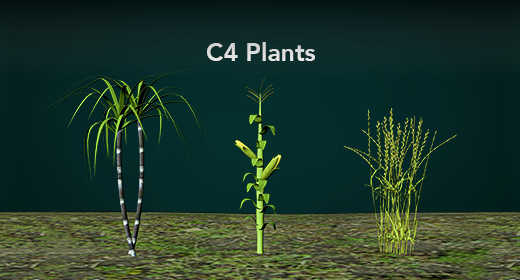Three stages of cell signalling
Topic Description
Reception: A)As you can see, reception begins when a signal molecule, also called a ligand, binds to a receptor. Some of the proteins on the cell membrane serve as
receptors for signal molecules. B) The signal molecule binds to the receptor and causes it to change shape. The receptor may act as an enzyme and catalyze a reaction,
C)it may open an ion channel, or it may in activate another molecule on the membrane. A)Some receptors are found in the cytoplasm. These are called intracellular
receptors. The B)signal molecule must diffuse through the membrane and bind to a receptor in the cytoplasm. C) These intracellular receptors are often transcription
factors that, once activated, bind to DNA and trigger the production of messenger RNA from DNA. Transduction: . Transduction works in a similar way in that the
message is relayed from molecule to molecule in a pathway that will ultimately trigger a response . One of the benefits of transduction is the signal can be amplified.
In other words, one signal molecule can trigger several simultaneous pathways so that many products or responses can be triggered by just one molecule. Response:
A)The final step in the signal transduction pathway is a response. The response always results in a change in cell activity. Examples of cellular responses that can be
triggered by signal transduction pathways include muscle contraction, cell division, transcription of a gene and even apoptosis. here you are seeing response like
transcription where mRNA releasing from nucleus and attaching to ribosomes in the cytoplasm. For this response in the cell, protein synthesis occurs from the
Ribosomes.












